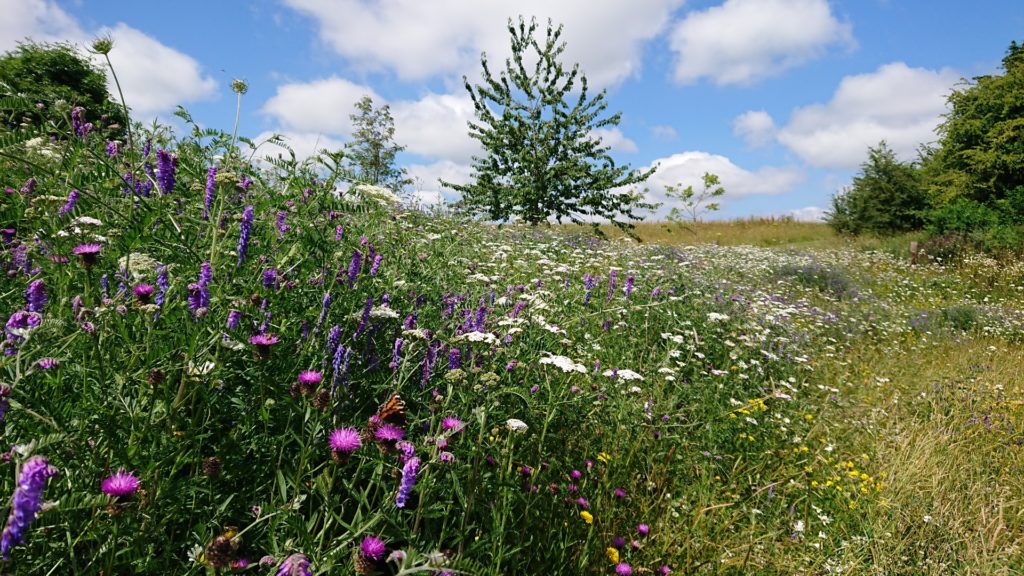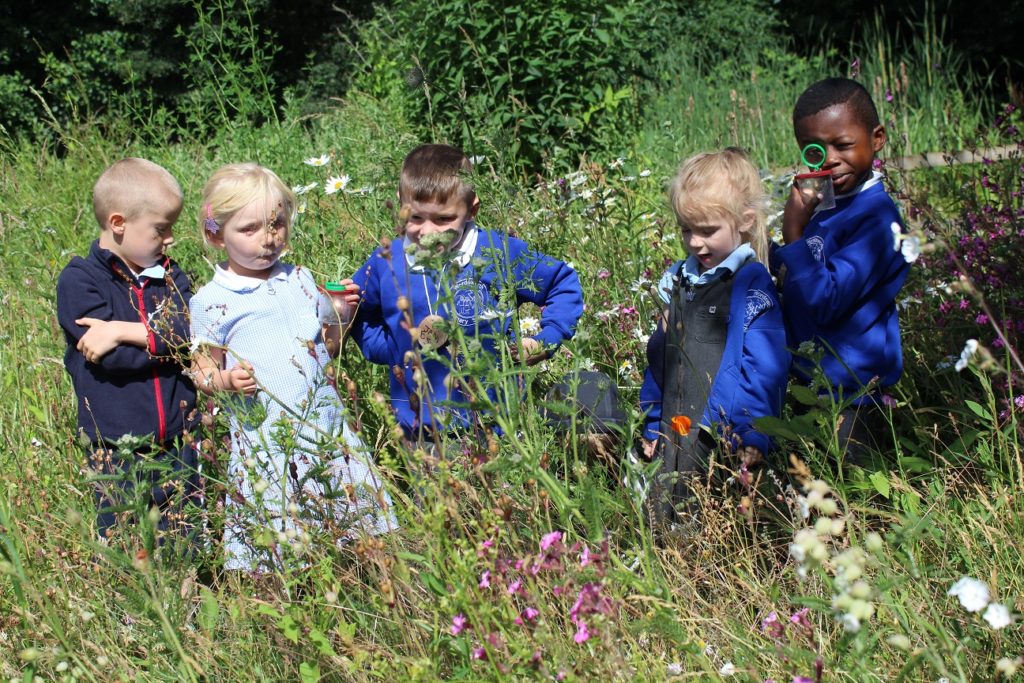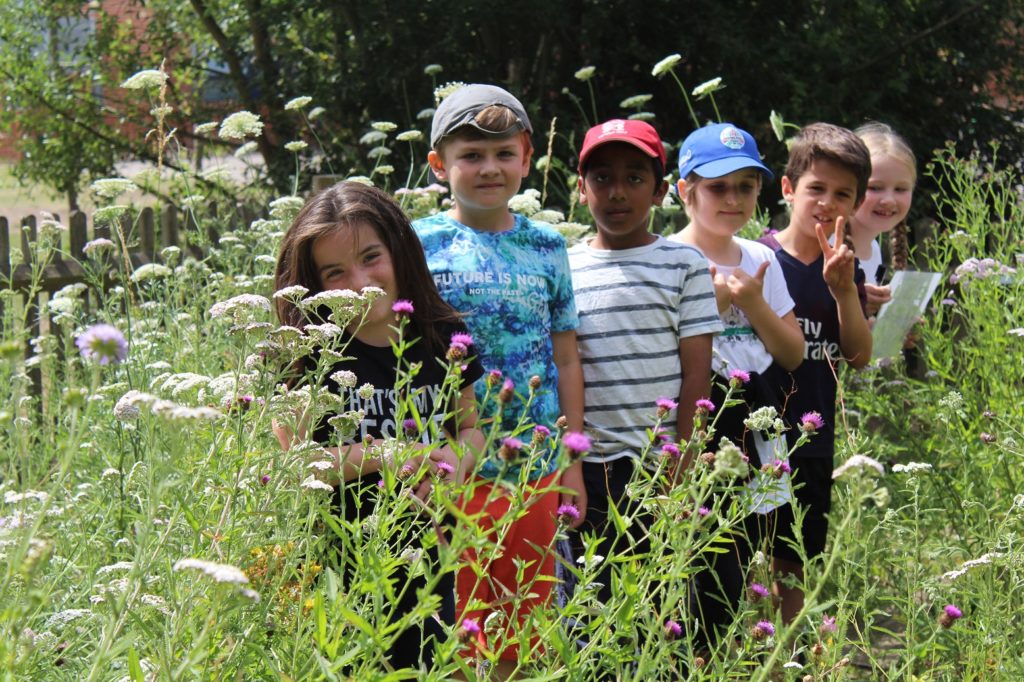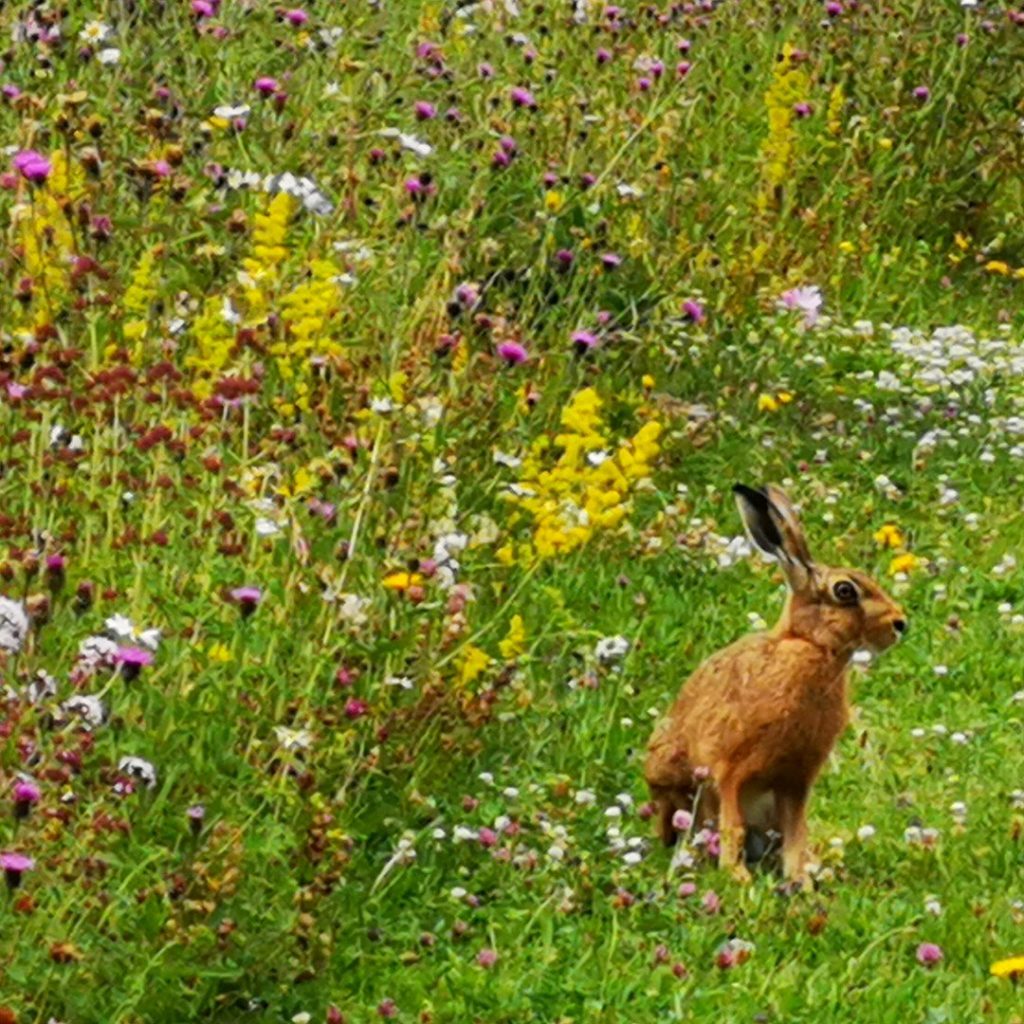As we all look settle back to work after a glorious Jubilee weekend, we have another very welcome guest blog, this time from Max Mitchell who is a freelance writer.
Many factors, including technology, now influence people’s interest in learning about wildlife. The development of an appreciation for nature is rather critical for the preservation of the environment and its floral biodiversity. There is no time to wait, as many plant species are already classified as endangered. As a result, wildlife education should be prioritised as soon as possible to solve the problem.
According to the Intergovernmental Science-Policy Platform on Biodiversity and Ecosystem Services (IPBES) and the United Nations Intergovernmental Panel on Climate Change (IPCC) biodiversity and climate change report, economic development and human activity have had an impact not only on marine resources but also on land resources. This includes not only forests and soils but also wildflowers.

With globalisation accelerating, irresponsible human behavior has already reduced the number of wild plants. As a result, approximately 800 plant species are now considered endangered. Many factors contribute to the decline in the number of wild plant species:
- Destruction of the original landscape and relief, which leads to a change in growth conditions;
- Wildflower trade;
- Increase in the human population;
- Increased land use;
- Climate change;
- Lack of protection by the law.
It will be impossible to restore the ecosystem without taking appropriate measures and educating people on how to save wildlife.
Why Is It Important to Study Wildlife?
The primary causes of wildlife population decline worldwide are habitat extinction and wildlife destruction. It is all due to a lack of knowledge and education.
The research conducted among Malaysian students included an assessment of the level of knowledge about wildlife held by three groups of students at a local secondary school. According to the survey, students aged 13 have a lower level of wildlife awareness than students aged 16 years old.
Male students knew more about wildlife than female students. It’s all because of cultural differences, access to education, and the development of technology. With the growing influence of social networks, younger generations appear to be forgetting about the environment and wildlife. They are more interested in digital space than in physical space.
Of course, they learn the basics of environmental protection in school. But that knowledge is insufficient. Educating future generations about wildlife conservation is critical. The sooner this process begins, the better. And here is why:
- Children of all ages and genders must be aware of the importance of wildlife, the diversity of its species in the country, and the ways those species interact within their ecosystems;
- People must understand that wildlife protection will allow future generations to see rare flower species too;
- Young generations must learn how wildlife is affected by environmental and human influences to correct their consumption behavior towards nature.
These are only a few but very crucial points to consider to stop the issue. For more in-depth research information, visit essay reviews services such as BestWritersOnline to get the needed assistance.

Steps and Activities to Teach Children About Nature and Wildlife Conservation
It’s always rewarding to take a look at the beauty and diversity of wildflowers. It is critical to take timely conservation measures to make this beauty accessible to others.
The best way to start is to teach young children how to interact with nature. Here is how you can encourage young learners to gain knowledge about conserving wildlife:
Conduct Summer School
The best way to teach about wildlife is through hands-on experience. You can do that at the local botanic garden, school garden, or park. The activities you use should be enjoyable and entertaining:
- Storytelling;
- Role-playing;
- Treasure hunting in the park, where young learners must complete various tasks such as finding seeds, water, and soil to plant their first flower;
- Planting flowers in the area to add color and create small floral biodiversity where kids can learn about the growth phases of flowers through hands-on experience;
- Reading fiction, contemplating nature illustrations, discussing the life of wildflowers, comparing growth conditions required for home flowers and wildflowers;
- Watching videos about endangered species of wildflowers, discussing the importance of keeping wildlife and conserving their habitat with children.
While educating your students through various methods, it is critical to emphasize that removing wildflowers and plants from their natural habitats may result in their extinction because they require special conditions that can only be provided by nature.

Educate Through Social Media and Presentations
Education in the digital age is no longer tedious and exhausting. It entails using the most popular medium to capture the attention of students.
Social media is one of them. It provides a diverse range of opportunities to learn, educate, and entertain. You can also use it to raise students’ awareness of wildlife:
- To pique children’s interest, tell them about wildflower species, their colors, shapes, number of petals, and role in flowers, and their bloom time;
- Develop a guessing game or a wildlife-focused quest, play “I Spy” to get a reflection on the received knowledge, etc.
Before creating such material, assess the age group to select the most appealing information to them that will instill respect and appreciation for nature.
Increase Wildlife Awareness Through YouTube
Another effective method for popularizing wildlife conservation is to create a YouTube channel. It allows for the upload of longer videos in which you can tell your students more about how everyone can help save wildflowers from extinction and their habitat from destruction. Show examples of how everyday human activity impacts wildlife:
- Greenhouse effect;
- Building activity;
- Water and land pollution, etc.
Such materials allow for broader public relevance and support but they necessitate careful planning and properly written speech material. If writing isn’t your strong suit, visit WritingJudge for assistance.

Arrange Reading Sessions
Reading is always enjoyable, especially when it is done aloud by someone. All children enjoy hearing stories.
You can draw the attention of children to this issue by using figures, text, stickers, and schemes. It is critical to start introducing young students to the issue of wildlife conservation at an early age, because only then can sufficient awareness be raised among them.
Wildlife Education Prospects
The digitalization of the world provides access to a wide range of virtual tools and information. Strong technology enables one to take a closer look at life beyond human imagination and virtually spend a day admiring nature’s beauty and roaming between wildflowers without leaving one’s home.
Students will be able to access more tools to learn about endangered wildlife species and how they can help to save them. Furthermore, thanks to advancements in technology, the job of a wildlife specialist is no longer considered dull. Many graduates are likely to choose this profession and dedicate their lives to saving the wild world.
Conclusion
Currently, universities are more concerned with educating students to be biologists and researchers than conservation professionals. Given the urgency of the problem, modern university education programs should consider incorporating more approaches to meet the growing demands of the wildlife profession. They will enable the next generation of leaders to address contemporary wildlife conservation challenges.
There are still vast natural areas in the world that are home to valuable wildlife species. And, to preserve and multiply the population of wildflowers and plants, it is critical to conduct an educational campaign and work to preserve natural conditions for their entire growth cycle.
Author’s Bio:
Max Mitchell is a freelance writer. He is very passionate about typing, creating complicated spreadsheets, and consuming an inhuman amount of caffeine. Nevertheless, he is also the creative type of individual who will always find a new perspective on topics of interest.